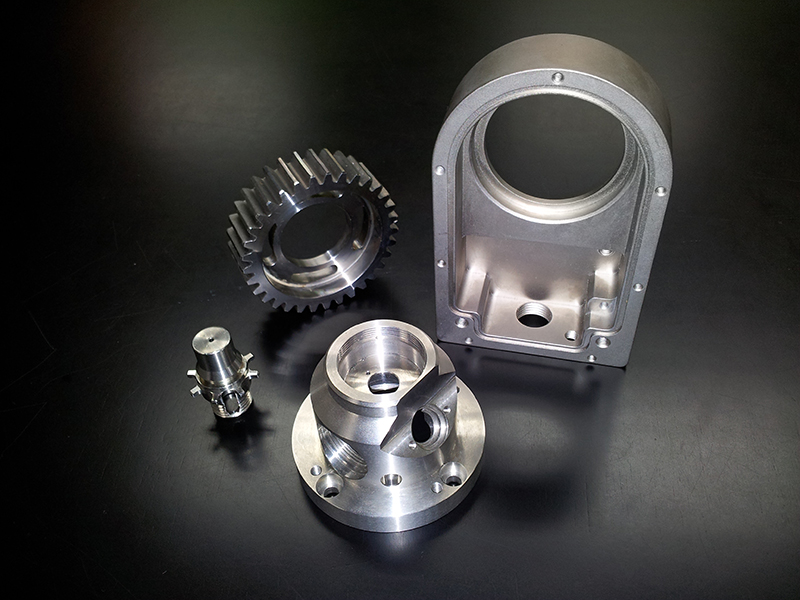Fabrication parts are components or parts that are created through a process called fabrication. This process typically involves the use of specialized machinery and tools to cut, shape, and form raw materials into finished products. Fabrication parts are commonly used in a wide range of industries, including manufacturing, construction, aerospace, automotive, and more.
The process of fabrication involves several stages, including design, material selection, cutting, shaping, and finishing. Each stage requires specialized knowledge, skills, and equipment to ensure that the final product meets the required specifications and quality standards. In this blog post, we will explore each stage of the fabrication process in detail, and discuss the importance of fabrication parts in various industries.
Design
The first stage of fabrication is the design stage. This is where the customer or client provides the specifications and requirements for the final product. This information is used to create a blueprint or a design document that outlines the dimensions, shape, and other important details of the product. The design stage is critical as it lays the foundation for the rest of the fabrication process. It is important to ensure that the design is accurate and complete before proceeding to the next stage.
Material Selection
The next stage of fabrication is the material selection stage. This involves selecting the right raw materials for the job. The choice of materials will depend on several factors, including the intended use of the product, the required strength and durability, and the budget. Common materials used in fabrication include metals (such as steel, aluminum, and copper), plastics, and composites.
Cutting
Once the materials have been selected, the next stage is cutting. This involves cutting the raw materials into the required size and shape using specialized machinery such as laser cutters, water jet cutters, and plasma cutters. Cutting is a critical stage as it determines the accuracy and precision of the final product. It is important to use the right cutting method and equipment to ensure that the cuts are clean and precise.
Shaping
The next stage is shaping. This involves bending, folding, and forming the raw materials into the desired shape. Shaping can be done using a variety of methods, including press brakes, rollers, and stamping machines. Like cutting, shaping requires precision and accuracy to ensure that the final product meets the required specifications.
Welding
Once the materials have been cut and shaped, they are welded together to create the final product. Welding is a critical stage in the fabrication process as it involves fusing two or more pieces of metal together using heat and pressure. Welding requires specialized knowledge and skills to ensure that the welds are strong and durable.
Finishing
The final stage of fabrication is finishing. This involves cleaning, polishing, and painting the final product to improve its appearance and durability. Finishing is important as it enhances the overall quality of the product and ensures that it meets the required standards.
The importance of fabrication parts
Fabrication parts are critical components in a wide range of industries. They are used in manufacturing to create products such as machinery, equipment, and tools. They are also used in construction to create structures such as buildings, bridges, and highways. In aerospace, fabrication parts are used to create aircraft parts such as wings, fuselages, and landing gear. In the automotive industry, fabrication parts are used to create car bodies, engine parts, and other components.
Fabrication parts are important as they offer several benefits over other manufacturing methods. For example, they can be customized to meet specific requirements, they offer greater strength and durability, and they can be produced in large quantities at a relatively low cost. Fabrication parts are also versatile and can be used in a wide range of applications.
Conclusion
In conclusion, fabrication parts are critical components in a wide range of industries. The fabrication process involves several stages, including design,

